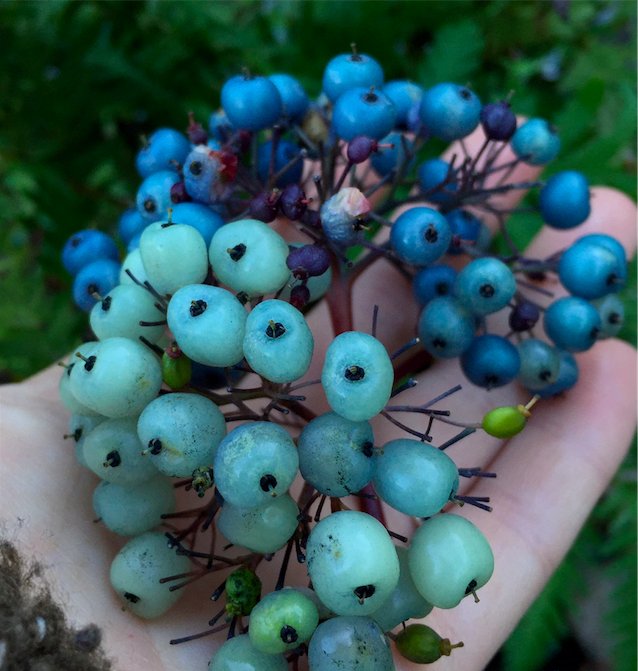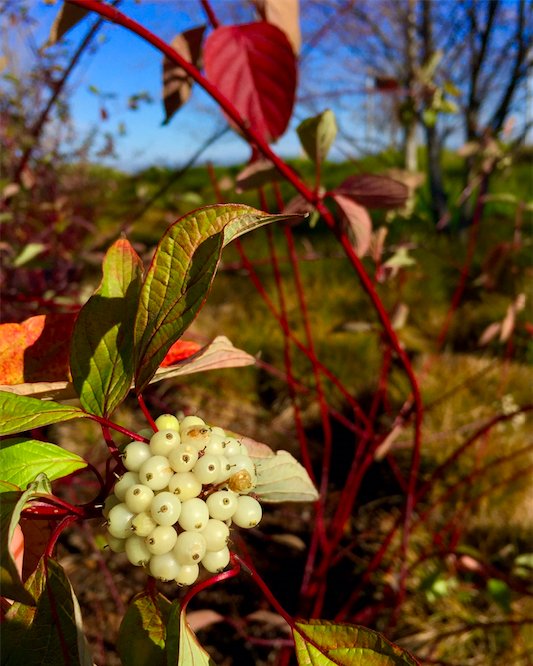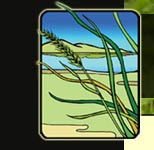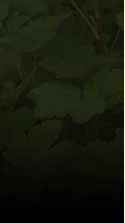Red Osier Dogwood: A Plant for Every Season
Story by Jessica Calvillo
For many plants, winter dormancy is not the most visually spectacular time of year -- that is unless you’re a red osier dogwood (Cornus sericea). In contrast with the brown, barren branches of other deciduous trees and shrubs, the deep cherry red branches of the red osier dogwood are particularly eye catching in their own right. As the leaves turn red and fall from their ruby branches, we can see the beautiful clusters of berries that change from white to frosty blue as they age. This year-round ornamental shrub’s natural habitat is along streams, creeks, and riverbanks throughout most of the North American continent. Its presence in the aforementioned habitats serves the vital function of erosion control, much like willow (Salix sp.) or mugwort (Artemisia douglasiana). Its service to riparian habitats extends as well to the service of indigenous communities and wildlife.

Indigenous communities in California found many ways to put dogwood to good use. It is an essential element in traditional basket weaving because of the malleability and durability of its branches. In fact, the word “osier” means “willow-like” in French and was given this name due to its equivalent favorability as a basket weaving material. To ensure the availability of dogwood branches that were of good basket weaving quality, indigenous people used hard pruning and controlled burning techniques. These techniques were used in the fall in order to eliminate old, crooked, and brittle branches so that after a year of new growth, straight and durable branches (the most ideal for weaving) would be available to harvest. Beyond weaving, dogwood also has a number of traditional medicinal uses. A tea made from the bark has been used internally for coughs, colds, fevers, sinus congestion, liver problems, and postpartum bleeding. Externally the bark tea has been used as a wash for rashes, ulcers, and dandruff. The bark was also used in a mixture with other herbs to be smoked for ceremonial practices. Among some tribes the berries were considered edible, but to many the flavor is too bitter and unpleasant to be considered palatable.
Among our native wildlife the berries are a popular foraging item for birds and small mammals. During dogwood’s blooming period (June-August) the flowers attract a variety of pollinators including the spring azure butterfly (Celastrina ladon). From its beauty to its ethnobotanical history and wildlife value, red osier dogwood makes a great addition to a garden that receives a little extra water. Come by the nursery today to add one to your garden!


























